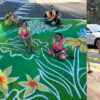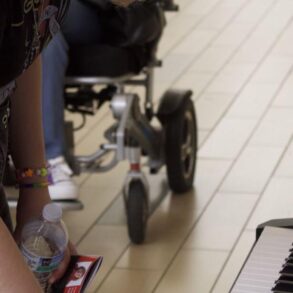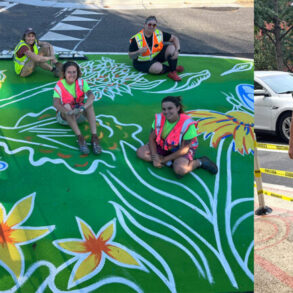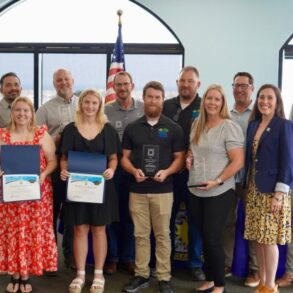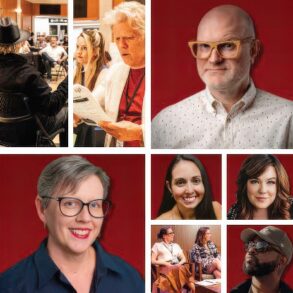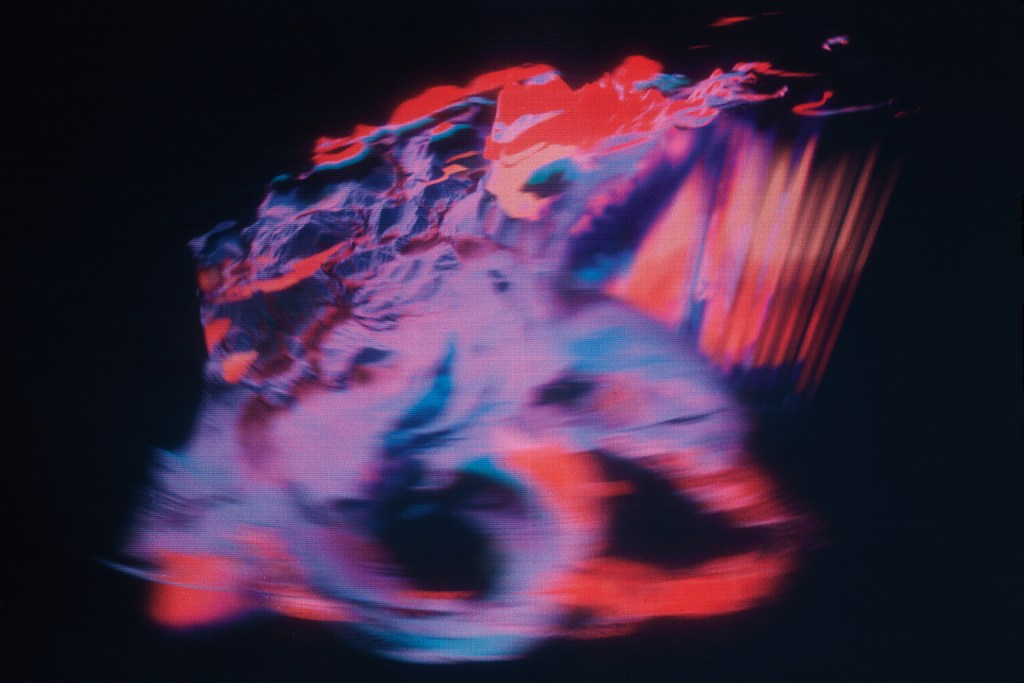
Agnieszka Kurant has had a longtime interest in collective intelligence as well as economic, social, and cultural structures under digital capitalism. These concerns figure in many of her works, including Risk Landscape (2024), a hologram that shifts shape to illustrate projected models related to the geographic region of Gaza. Works of the sort were included in Kurant’s recent exhibition “Risk Landscape” (2024–25) at Mudam in Luxembourg; her work is also on view in the group show “Arte Povera” at the Bourse de Commerce in Paris through January 20.
How did you approach your exhibition “Risk Landscape”?
The whole project comes from a long-time interest in collective intelligence in relation to the future of labor and creativity under digital capitalism. I was interested in questions around how technologies are attempting to predict, simulate, and monetize possible futures.
We’re living in a state of entanglement between predictions of the future and how these predictions are changing our present and futures, even though these predictions may not come true.
How does that relate to this term or concept of a “risk landscape”?
The title of the series comes from finance. There are companies offering services that calculate financial and other risks for individuals, assets, buildings, and organizations, and they take into account financial data, climate data, [and data related to] social instability, wars, terrorism, etc.
[The future] is a form of speculative real estate that is being mined for profit, and various technologies and industries are mining different kinds of futures.
The term is also the title of a series of hologram works in the show. How did you come to make these works?
I work with computational social scientist Justin E. Lane from CulturePulse, which works a lot with the United Nations and the European Union to analyze social simulations, collecting data from social media channels and opinion dynamics as well as financial and climate data.
I worked with Holographic Studios in New York to create an animation with a game engine that was transferred to a glass plate and projected using laser technology to simulate landscapes based on collected data.
I created a language of forms from the various data points that are generating these landscapes. [Parameters set around the data] influence colors and forms, and you can see something like geological strata, rivers, forest, volcanoes. There are thousands of data points that are all mapped to different shades of colors and forms.
How does this data visually inform the landscape?
[The piece] has nothing to do with a physical landscape of a given location. I am creating things that are somehow vaguely referencing a landscape.
In light of the war in Gaza, why did you choose to highlight that location?
[Gaza is] torn by wars, by migrations, by human tragedy, by genocide. People are looking at the futures of these places in the same way that the future of Iraq was considered before the war. “What is going to happen? Who’s going to be rebuilding? How much money will need to be invested in order to bring people living there to humane conditions?”
While many of us are concerned with the genocide currently happening in Palestine, there are people and organizations evaluating the area for the potential to rebuild after the war. The same applies to the war in Ukraine and speculation around its future as an investment opportunity. The economy is [enmeshed in] the fabric of everything.
This post was originally published on this site be sure to check out more of their content


